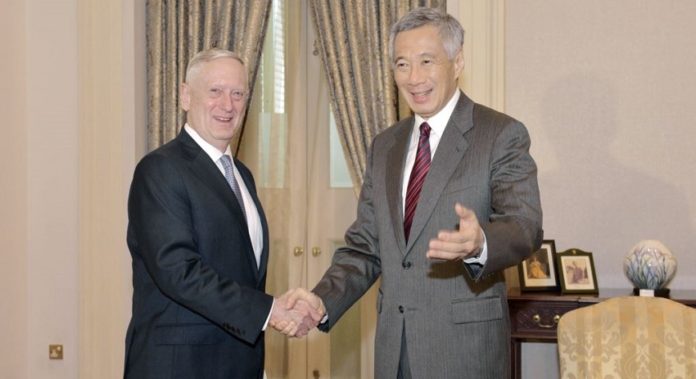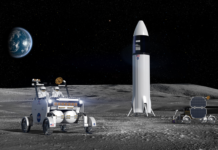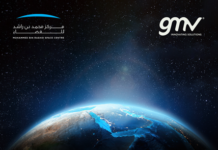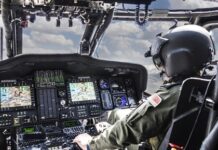
SINGAPORE — The Trump administration is aiming for continuity in Asia policy, sticking broadly with the approach its predecessors have taken by emphasizing diplomacy and cooperation with allies, Defense Secretary Jim Mattis said Friday.
Mattis outlined the Trump administration’s approach in remarks to reporters traveling with him to Singapore, where he will deliver a policy speech at an international security conference Saturday and meet with several Asian counterparts.
He spoke of “reinforcing the international order” while seeking a “peaceful, prosperous and free Asia” – echoes of the traditional U.S. policy goals – without mentioning the narrower challenges of a nuclear North Korea and a rising China. He is expected to discuss North Korea and China in his Saturday speech.
Upon arriving in Singapore, Mattis scheduled meetings Friday with Singaporean and Asian officials.
President Donald Trump raised doubts in Asia when he took office following a campaign in which he sharply criticized Japan and South Korea for not pulling their weight as treaty allies. So far, however, the administration has been more supportive.
“As a Pacific nation, we have enduring interests and commitments in the Asia-Pacific region,” Mattis said aboard his aircraft, referring in part to U.S. defense treaties with Japan, South Korea, Thailand and the Philippines.
“Accordingly, we are demonstrating the priority this administration places on maintaining stability alongside our allies and partners,” he added. The Pentagon’s role, he said, is to reinforce alliances, strengthen U.S. military capabilities to deter war in Asia, and help enable countries to sustain their own security.
Mattis is mindful of emerging threats in Asia, starting with North Korea’s development of nuclear weapons and missiles with sufficient range to deliver nuclear strikes on U.S. territory.
Trump has said he is leaning more heavily on China – North Korea’s only significant ally – to contain that threat. At the same time, the administration has repeated the Obama’s administration’s criticisms of China for reclaiming land in areas of the South China that several other nations claim as their own. It’s unclear how far China will go to help on North Korea in the face of South China Sea tensions.
Trump also has used gunboat diplomacy by speaking of a U.S. naval “armada” within range of North Korea and noting the presence of U.S. nuclear submarines in the region.
The U.S. Navy has two aircraft carrier strike groups in waters off the Korean Peninsula, and on Thursday those groups – led by the USS Carl Vinson and the USS Ronald Reagan – began three days of joint exercises, the first in that area since the 1990s.
David Helvey, Mattis’ senior adviser on Asia policy, told reporters on the way to Singapore that the dual carrier exercise is not intended as a provocation. He called it routine but acknowledged that it is the first of its kind in about 20 years.
The exercises are intended to reassure allies, he said, and to keep U.S. forces ready for any crisis.
“This is not about sending a message directly to North Korea,” Helvey said, adding, “I don’t expect this to change North Korea’s behavior.”
In line with Mattis’s emphasis on helping allies defend their own territory while strengthening U.S. military muscle in the region, the U.S. has deployed a missile defense system in South Korea known as a Terminal High-Altitude Area Defense system. It is intended to protect South Korea from a potential North Korean missile strike.
The new South Korean government has complained that it was not aware of the extent of THAAD deployments on its territory in recent weeks, but Helvey said the U.S. had consulted with Seoul “throughout this process” of deploying the THAAD.
Mattis’s trip is his second to Asia since he took over the Pentagon Jan. 20. He has put heavy emphasis on nurturing alliances and building new partnerships in Asia, echoing the approach of the Obama administration, which built closer ties to India, Singapore, Indonesia and Vietnam, and began a rotation of Marine contingents in Australia.
Source: www.voanews.com


















